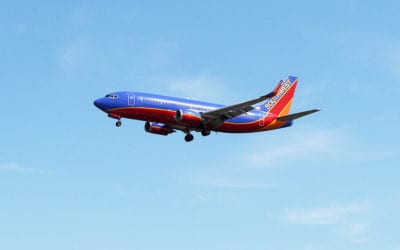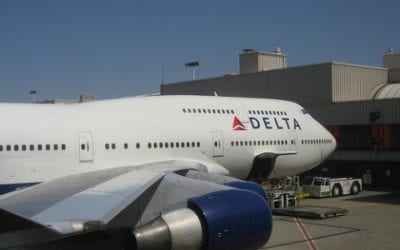Airlines love code-shares. They allow carriers to market and sell and advertise flights to destinations to which they don’t actually fly.
From a consumer point of view, the main benefit that the airlines tout is getting a single ticket with one fare that makes it easier to check luggage all the way through and connect between various airlines. Plus, in my experience, airlines are more likely to help out with a delay or missed connection if all flights are on one ticket.
On the other hand, there are many ways that a codeshare flight can lull passengers into a false sense of security and sometimes they have real disadvantages.
Today, for example, I booked clients from Nashville to London via Dallas — British Airways flights across the water and American Airlines flights within the U.S.
Originally, I booked all the flights with British Airways (BA) flight numbers, which seemed simpler for the clients. That was until I tried to get seat assignments. And a
very nice agent at American told me, “Oh, when it’s booked as a British Airways flight they get seat assignments at the airport.”
Executives at BA may think getting seat assignments at the airport is fine, except that these clients are traveling December 23, two days before Christmas. Hardly a good day to head to the airport without seat assignments.
Fortunately, in this case I was able to rebook the flights, with American flight numbers, at the same fare and obtain seats.
There are other hidden issues. Sometimes a codeshare is simply one of the ticketed carriers commuter partners, which often means a smaller plane; but often, as with this case, it can be a completely different airline.
With some connections, that can mean completely different terminals. At JFK, for example, United code-shares with Swiss. United flights arrive into Terminal 7; Swiss departs from terminal 4. It is not only a ten minute ride on the Air Tram, it means going outside security and then being rescreened. So it’s completely non-trivial, especially for anyone with mobility issues.
Also, the process is often confusing at check-in, for employees and passengers alike. At London Heathrow, for example, American Airlines usually uses Terminal 3, while British Airways flies from Terminal 4 and 5. Even seasoned travelers can be confused.
The same applies to airport staff. For example, Delta employees in the U.S. may not understand all of Air France rules and seat assignments are a challenge with most partners. (During a trip last year with United and Lufthansa, each airline told me only the other could change seat assignments on my connecting flight. I finally was able to change at the gate during the boarding process.)
In general, I try to book tickets with the flights showing as operated by the carrier that actually operates them. But sometimes code-shares are cheaper. And other times passengers may accrue mileage bonuses by booking with a preferred carrier.
To be fair, one ticket with code-share partners may be easier than two separate tickets, but it’s far less seamless than the airlines would have you believe.
Janice Hough is a California-based travel agent a travel blogger and a part-time comedy writer. A frequent flier herself, she’s been doing battle with airlines, hotels, and other travel companies for over three decades. Besides writing for Travelers United, Janice has a humor blog at Leftcoastsportsbabe.com (Warning, the political and sports humor therein does not represent the views of anyone but herself.)




